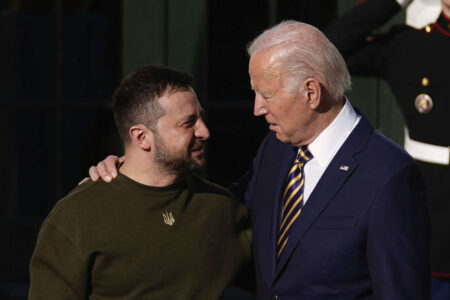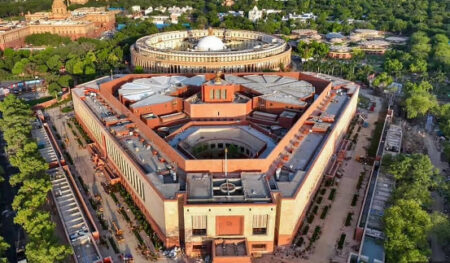Narendra Modi and Yogi Adityanath are two of the most famous politicians in the world. With both of them belonging to BJP, they have risen to seats of supreme power in India. They might not be related to one another but are brothers in all terms of ideology, nationality, and polity. Modi’s own story of the rise to power began with his Chief Ministership of Gujarat in 2001.
When Yogi assumed control in 2017, he was an unlikely candidate for the Chief Ministership, seeing the BJP’s tendency to place lesser-known politicians; in contrast, Yogi was a well-known leader in Uttar Pradesh and already had widespread support. Similar to that, it seems that Yogi will have the same increase as Modi did.
When PM Modi visited Varanasi recently, his pictures with Yogi inside the newly renovated Varanasi railway station made headlines in many newspapers. Their images were circulated widely on social media within hours of their release, highlighting their popularity. With Yogi taking charge of India’s most populous state, the Hindu heartland and the state with the most seats in Lok Sabha, there seems to be nothing to stop him from climbing the stairs of leadership in BJP.
But his rise to power has been noticed by others in the BJP, leading to inevitable frictions within the party. A string of meetings was held in Delhi and Lucknow concerning the Bharatiya Janata Party’s possibilities in the UP legislative assembly elections early next year fueled speculation about Yogi’s future. The BJP is nervous about retaining UP. The party’s grip in North India is tenuous.
It is out of authority in Punjab, Rajasthan, Jharkhand and Chhattisgarh, and it counts on allies in Bihar and Haryana. Madhya Pradesh did not give it a straightforward victory, and it constructed a government only through defections; thus, the party must maintain its control over UP. A failure in the state could signal a rout in the 2024 general election.
Moreover, experience with switching horses on poll-eve has not guaranteed a promising outcome. The electoral results for the BJP were not benefited when it removed Kalyan Singh as UP chief minister and substituted him first by a non-descript Ram Prakash Gupta and followed by Rajnath Singh before the elections. Neither did it gain by replacing Sahib Singh Verma with Sushma Swaraj in Delhi, 52 days ahead of the polls. Pulling Yogi eight months before elections could, on the other hand, spur discontent and internal battle in the BJP state unit.
However, the high-profile meetings over the UP polls have psychologically destabilized Yogi. This is evident from his hymns of recognition for the Prime Minister on TV within hours of the U-turn in the Centre’s vaccine purchase policy. There is no doubt that UP’s mismanagement of the pandemic has been beaming with an apparent lack of preparation for the second wave of infections. However, Yogi’s high-handed usage of the police, a significant number of ‘encounter’ deaths, seizure of property and community punishments for public demonstration has also alienated people.
So, the BJP high command might reasonably consider a course modification at this late stage. The BJP’s anti-Yogi movements may have prompted its rout in the panchayat elections earlier month. It suffered defeat across the state and, more importantly, in the vital religious towns of Ayodhya, Varanasi, Mathura, Prayagraj and Gorakhpur. These are signs of simmering anti-incumbency, which could burn the party nationally if public anger continues early next year.
It isn’t easy to understand as the UP elections are in just two months, and the BJP seems to be gearing up for a victory in the state. What we need to know is that will Yogi climb the stairs of power as Narendra Modi did, or will the BJP sack him down. Will Yogi once again become the CM, or will he not? That’s a question only time can answer.












